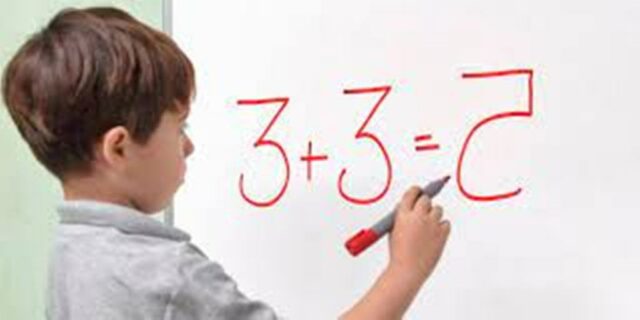Beyond the difficulty in reading or writing, dyslexia is a specific learning difficulty, of neurobiological origin, of a persistent nature, even when the student has received various educational supports in a timely manner and sensory and cognitive compromises have been ruled out.
The first symptoms of the problem are noticed from school age and there is a multiplicity of symptoms according to Gilda Aguilar, Head of Educational Support at theTico education ministry.

Examples include:
- Discriminate letter sounds
- Confusing grapheme-phoneme relationships
- Alter the order of letters, syllables, or words
- Show difficulties in reading comprehension
- Confusing laterality
To this is added showing fatigue, boredom, inattention in activities that involve reading and writing.
How to treat dyslexia?
Aguilar emphasizes that the accompaniment of people with dyslexia must be given from the educational centers and the family.The first step is early diagnosis to avoid interruptions or more difficulties in the educational process.
“Families of boys and girls are called to become aware and pay attention when boys and girls have difficulties in learning simple rhymes; differentiate the left from the right, take notes and copy words from the blackboard, spell correctly, among other signs”, indicated the MEP.
Although there is no specific treatment for dyslexia, there is a multiplicity of educational methods and adaptations to better address each case.

